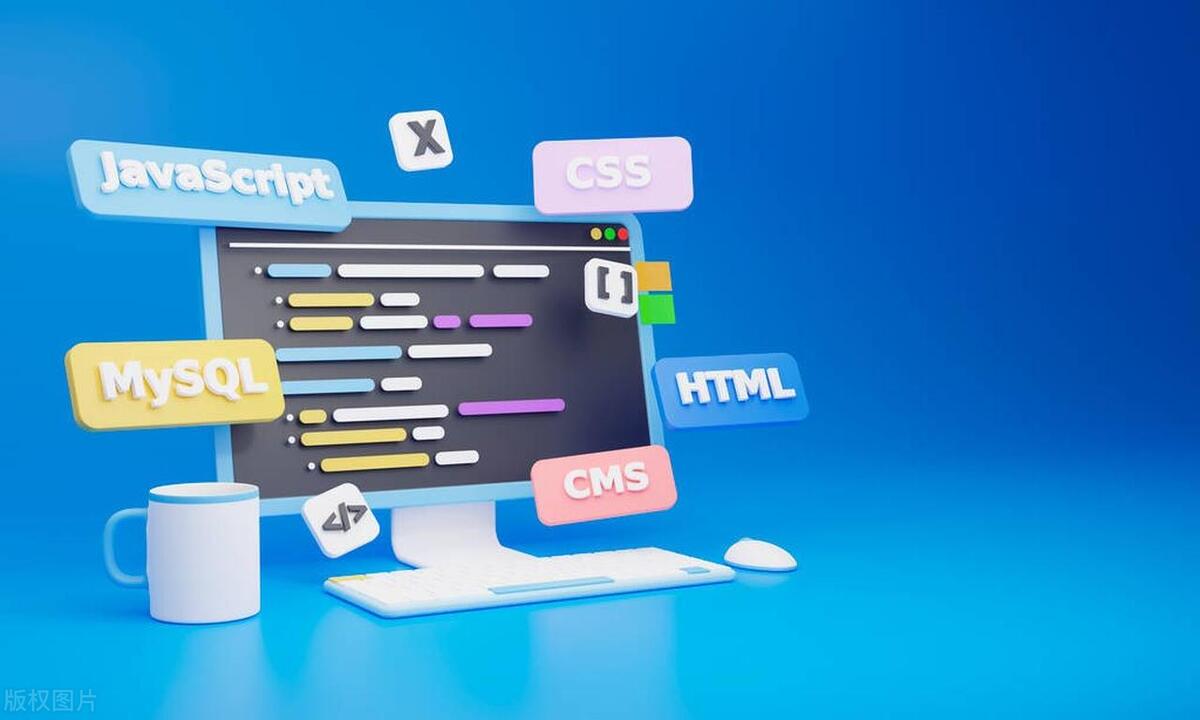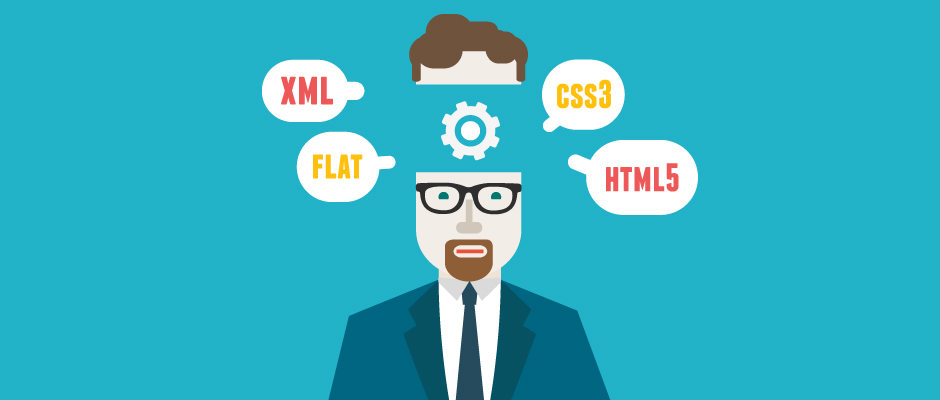The core of optimizing front-end build time is to reduce redundant work, improve processing efficiency, utilize caches and select efficient tools. 1. Use Tree Shaking and code segmentation reasonably to ensure that on-demand introduction and dynamic imports are introduced to reduce packaging volume; 2. Reduce unnecessary loader processing, exclude node_modules, upgrade loaders and relax Babel translation scope; 3. Use the caching mechanism to speed up repeated construction, enable Webpack cache, CI cache and use offline installation; 4. Upgrade toolchain, such as using Vite, esbuild or Rollup to improve construction speed, although there is migration cost, it has significant effect.

As the front-end construction time takes a long time, development efficiency will easily be slowed down. Especially after the project becomes larger, each build starts in a few minutes, which will affect the CI/CD process, and local debugging will not be so smooth. Optimizing the build time is not to show off skills, but to make the entire development process more efficient.

The following points are relatively effective practices in actual projects. Not every one is applicable, but at least it can provide some ideas.
1. Use Tree Shaking and code segmentation rationally
Tree shaking is a function supported by modern packaging tools (such as Webpack and Vite) by default, and can automatically eliminate unused code. But the premise is that your project structure and dependencies are "shaking", such as introducing modules in the form of ES Module.

- Don't abuse
import * as, try to introduce it as needed - Use dynamic import (
import()) for routing or component-level code segmentation - Check whether third-party libraries also support tree-shaking. Some old libraries may package a lot of useless code.
For example: If you use a tool library like Lodash, import _ from 'lodash' will package the entire library and replace it with import debounce from 'lodash/debounce' will be much smaller.
2. Reduce unnecessary loader processing
Tools such as Webpack handle various types of files through loaders, but not every file needs to be processed by a bunch of loaders. Especially when Babel translates JS files, if you process too many files, it is easy to slow down the construction speed.

suggestion:
- Exclude node_modules directory and do not let it go to Babel compilation
- Use more efficient loaders for resources such as pictures, fonts, etc., such as replacing url-loader with asset modules (Webpack 5 built-in)
- If you don't need to be compatible with too old browsers, appropriately relax Babel's target environment and reduce translations
Sometimes you will find that Babel accounts for more than 30% of the time when building a project. At this time, the loader configuration can be significantly faster by optimizing it.
3. Use the cache mechanism to speed up repeated construction
Whether it is local development or CI construction, turning on cache can significantly improve the speed of secondary construction. Webpack 4 supports persistent cache, and Vite also starts in seconds with esbuild and native ESM in dev mode.
What you can do:
- Turn on
cache: trueor configure filesystem cache - Cache node_modules and build cache directories in CI (such as .vite, webpack/cache)
- Reduce network requests using the --prefer-offline parameter of yarn/npm
The cache strategy is simple and effective, especially in CI, and one hit cache can save dozens of seconds or even more.
4. Upgrade the toolchain and select faster build tools
This is not the first priority, but it is critical in some scenarios. For example, Vite is based on browser native ESM in development mode, and it almost does not need to be packaged, and the startup speed is much faster than Webpack; while Snowpack and esbuild are more focused on extremely fast construction.
If your project allows you to try new tools, consider:
- Switch the development model to Vite, retaining the Webpack packaging production environment
- Using esbuild to handle TypeScript or JSX, far faster than Babel TSC
- Evaluate whether Rollup is more suitable for your library project
Of course, this step requires a certain migration cost and is suitable for the medium-term reconstruction stage.
Basically that's it. Optimizing the front-end construction time is the core of "doing less", "doing things quickly", and "doing things repeatedly". Each item does not seem complicated, but it works very well when combined.
The above is the detailed content of Frontend Build Time Optimization. For more information, please follow other related articles on the PHP Chinese website!

Hot AI Tools

Undress AI Tool
Undress images for free

Undresser.AI Undress
AI-powered app for creating realistic nude photos

AI Clothes Remover
Online AI tool for removing clothes from photos.

Clothoff.io
AI clothes remover

Video Face Swap
Swap faces in any video effortlessly with our completely free AI face swap tool!

Hot Article

Hot Tools

Notepad++7.3.1
Easy-to-use and free code editor

SublimeText3 Chinese version
Chinese version, very easy to use

Zend Studio 13.0.1
Powerful PHP integrated development environment

Dreamweaver CS6
Visual web development tools

SublimeText3 Mac version
God-level code editing software (SublimeText3)
 How to handle transactions in Java with JDBC?
Aug 02, 2025 pm 12:29 PM
How to handle transactions in Java with JDBC?
Aug 02, 2025 pm 12:29 PM
To correctly handle JDBC transactions, you must first turn off the automatic commit mode, then perform multiple operations, and finally commit or rollback according to the results; 1. Call conn.setAutoCommit(false) to start the transaction; 2. Execute multiple SQL operations, such as INSERT and UPDATE; 3. Call conn.commit() if all operations are successful, and call conn.rollback() if an exception occurs to ensure data consistency; at the same time, try-with-resources should be used to manage resources, properly handle exceptions and close connections to avoid connection leakage; in addition, it is recommended to use connection pools and set save points to achieve partial rollback, and keep transactions as short as possible to improve performance.
 How to work with Calendar in Java?
Aug 02, 2025 am 02:38 AM
How to work with Calendar in Java?
Aug 02, 2025 am 02:38 AM
Use classes in the java.time package to replace the old Date and Calendar classes; 2. Get the current date and time through LocalDate, LocalDateTime and LocalTime; 3. Create a specific date and time using the of() method; 4. Use the plus/minus method to immutably increase and decrease the time; 5. Use ZonedDateTime and ZoneId to process the time zone; 6. Format and parse date strings through DateTimeFormatter; 7. Use Instant to be compatible with the old date types when necessary; date processing in modern Java should give priority to using java.timeAPI, which provides clear, immutable and linear
 Using PHP for Data Scraping and Web Automation
Aug 01, 2025 am 07:45 AM
Using PHP for Data Scraping and Web Automation
Aug 01, 2025 am 07:45 AM
UseGuzzleforrobustHTTPrequestswithheadersandtimeouts.2.ParseHTMLefficientlywithSymfonyDomCrawlerusingCSSselectors.3.HandleJavaScript-heavysitesbyintegratingPuppeteerviaPHPexec()torenderpages.4.Respectrobots.txt,adddelays,rotateuseragents,anduseproxie
 Comparing Java Frameworks: Spring Boot vs Quarkus vs Micronaut
Aug 04, 2025 pm 12:48 PM
Comparing Java Frameworks: Spring Boot vs Quarkus vs Micronaut
Aug 04, 2025 pm 12:48 PM
Pre-formanceTartuptimeMoryusage, Quarkusandmicronautleadduetocompile-Timeprocessingandgraalvsupport, Withquarkusoftenperforminglightbetterine ServerLess scenarios.2.Thyvelopecosyste,
 How does garbage collection work in Java?
Aug 02, 2025 pm 01:55 PM
How does garbage collection work in Java?
Aug 02, 2025 pm 01:55 PM
Java's garbage collection (GC) is a mechanism that automatically manages memory, which reduces the risk of memory leakage by reclaiming unreachable objects. 1.GC judges the accessibility of the object from the root object (such as stack variables, active threads, static fields, etc.), and unreachable objects are marked as garbage. 2. Based on the mark-clearing algorithm, mark all reachable objects and clear unmarked objects. 3. Adopt a generational collection strategy: the new generation (Eden, S0, S1) frequently executes MinorGC; the elderly performs less but takes longer to perform MajorGC; Metaspace stores class metadata. 4. JVM provides a variety of GC devices: SerialGC is suitable for small applications; ParallelGC improves throughput; CMS reduces
 Comparing Java Build Tools: Maven vs. Gradle
Aug 03, 2025 pm 01:36 PM
Comparing Java Build Tools: Maven vs. Gradle
Aug 03, 2025 pm 01:36 PM
Gradleisthebetterchoiceformostnewprojectsduetoitssuperiorflexibility,performance,andmoderntoolingsupport.1.Gradle’sGroovy/KotlinDSLismoreconciseandexpressivethanMaven’sverboseXML.2.GradleoutperformsMaveninbuildspeedwithincrementalcompilation,buildcac
 go by example defer statement explained
Aug 02, 2025 am 06:26 AM
go by example defer statement explained
Aug 02, 2025 am 06:26 AM
defer is used to perform specified operations before the function returns, such as cleaning resources; parameters are evaluated immediately when defer, and the functions are executed in the order of last-in-first-out (LIFO); 1. Multiple defers are executed in reverse order of declarations; 2. Commonly used for secure cleaning such as file closing; 3. The named return value can be modified; 4. It will be executed even if panic occurs, suitable for recovery; 5. Avoid abuse of defer in loops to prevent resource leakage; correct use can improve code security and readability.
 Using HTML `input` Types for User Data
Aug 03, 2025 am 11:07 AM
Using HTML `input` Types for User Data
Aug 03, 2025 am 11:07 AM
Choosing the right HTMLinput type can improve data accuracy, enhance user experience, and improve usability. 1. Select the corresponding input types according to the data type, such as text, email, tel, number and date, which can automatically checksum and adapt to the keyboard; 2. Use HTML5 to add new types such as url, color, range and search, which can provide a more intuitive interaction method; 3. Use placeholder and required attributes to improve the efficiency and accuracy of form filling, but it should be noted that placeholder cannot replace label.






